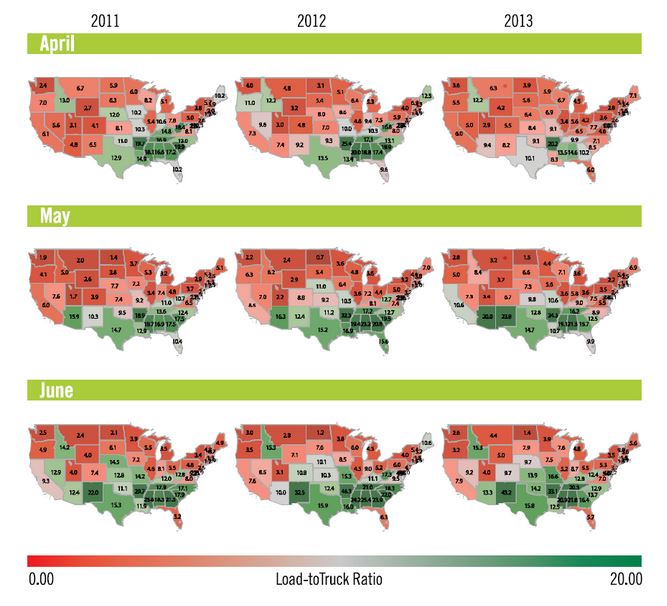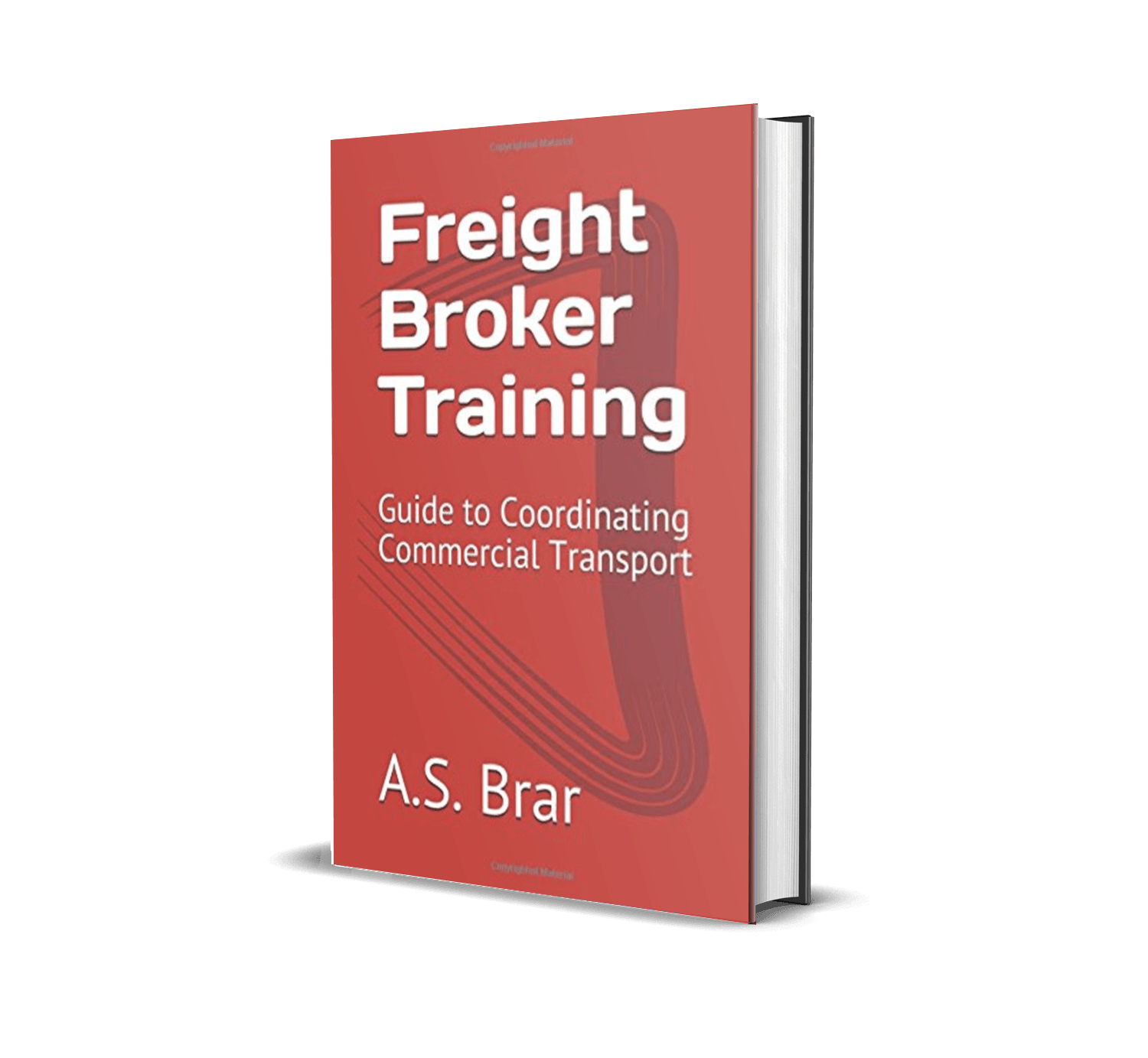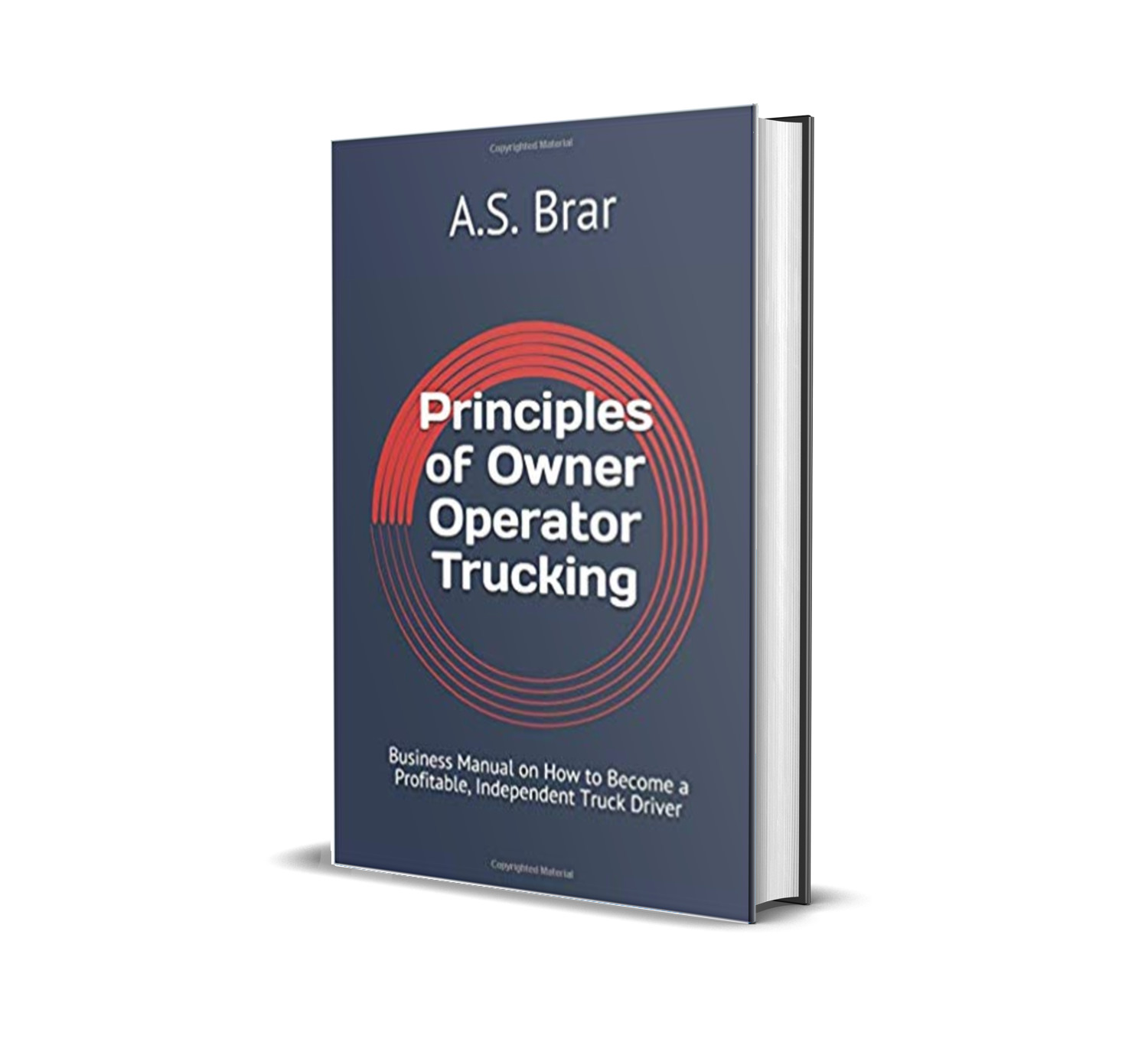There are many effective ways to recruit owner operator drivers for class 1 trucks.
Help Company Drivers Become Owner Operators
By helping company drivers become owner operators you can help them:
- Describe best business practices to follow while on the road.
- Explain the significance of maintaining accurate and complete records for their business.
- List factors to consider when planning on buying a truck.
- Describe best practices when signing any business lease agreement.
- Compare fixed and variable costs and how to control them.
- Calculate pay-per-mile and gross revenue.
- Explain how to manage time effectively to become more profitable.
- Describe the different taxes for which you are responsible and how to manage them.
- Understand the concept of Operating and Reserve accounts.
- List things to consider when signing with a carrier.
This article will now go into depth about how to recruit owner operator drivers using Google AdWords. Google AdWords is a great advertising medium because Google is one of the first places company drivers and existing owner operators go to learn about becoming an independent trucker. It also provides the ability to attract highly targeted candidates.
Step 1: First find create an AdWords account and enter your billing information.
Step 2: Go to the Keyword Planner and search for owner operator related keywords in the area the trucking company operates. Write down these keywords on a piece of paper or save them in the AdWords system.
Step 3: Create your advertisement, set your maximum CPC for each keyword, and wait for leads.
The 3 steps described above are the basics of using AdWords to recruit owner operator truck drivers. Ensure you are not using AdWords Express if you wish to maintain control over the details of the ad campaign. Even if you do not receive a phone call or a lead that results in a successful hire, you are still getting exposure of the trucking firm and increasing brand awareness.
Owner operator team drivers are probably the most difficult personnel to find for a trucking company. Because team driving does not suit every driver’s needs and requirements, getting a driver to operate as part of a two-person team and own their own truck at the same time is not something common you’ll encounter. Team drivers are highly beneficial because they reduce the costs associated with downtime of a truck that does not produce any output when it is parked.
Team drivers allow the range of a truck to increase from an average of 500 miles per day to 1000 miles per day. Companies who do not decide to hire team drivers must establish relay networks that allow the single driver to cover the average 500 miles in a day and then hand the truck or trailer off to another driver. For example, driver #1 takes a load from point A to B. Next, driver #2 takes load from point B to C. Relay trucking doesn’t always require the investment of truck terminals. However, waiting time and transit delays can make it inconvenient for the second driver to perform a trailer interchange. There are factors that affect the development of relay trucking such as inter-jurisdictional travel requirements and cabotage rules that can further complicate the process.
It can be noted that firms are motivated to utilize company owned trucks during times when customers provide sufficient volume of work. On the other hand, owner operator subcontractors are favored in instances where there is a short-term need for a value-added service. One main reason for this happening is firms hold more control over company owned trucks versus owner operators whom may act opportunistically. Larger firms are poised to utilize a higher percentage of subcontractors versus company drivers. More information can be found in “Owner-Operator versus Company-Driver Safety Performance Analysis” published by the Iowa State University.



